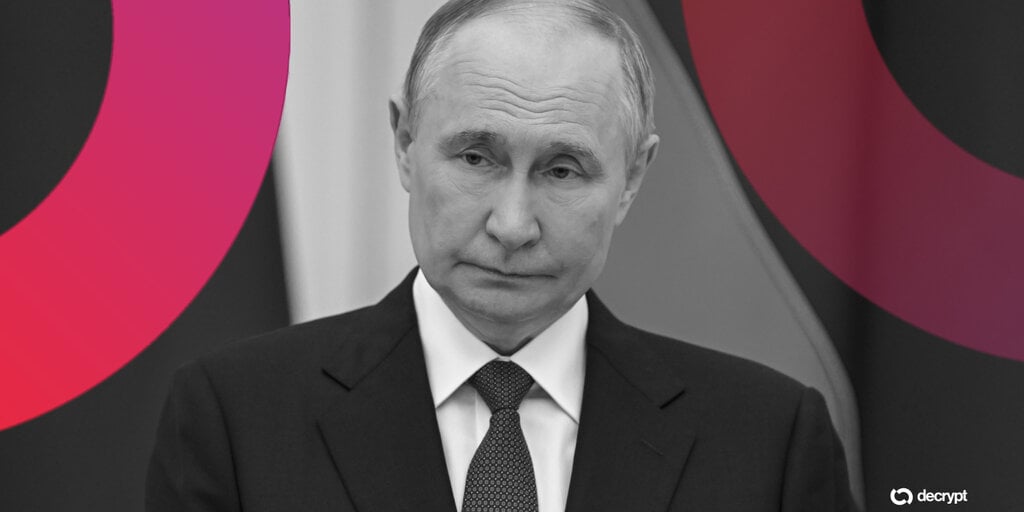In brief
- Putin said Russia tested the Poseidon underwater drone, designed to trigger a radioactive tsunami off enemy shores, though no proof has emerged.
- Western analysts call the weapon a psychological tool meant to unnerve rivals rather than shift deterrence math, citing past exaggerations.
- Independent verification is scarce; experts warn the “radioactive tsunami” label hides physics that are catastrophic enough without propaganda.
Russian President Vladimir Putin said Wednesday his country has tested “Poseidon,” a nuclear-powered underwater drone designed to detonate off enemy coastlines and kick up radioactive tsunamis.
Putin described the trial as the first to use Poseidon’s nuclear propulsion after a submarine launch, calling it more powerful than the Sarmat ICBM.
It’s a claim that revives one of Moscow’s most alarming “superweapon” concepts and raises fresh questions about the line between deterrence posturing and nuclear brinkmanship.
Russia has been advertising Poseidon since 2018 as a way to bypass U.S. missile defenses; independent verification of this week’s test remains thin, but reputable monitors note the program’s continued development and sea trials.
The Stockholm International Peace Research Institute, or SIPRI, lists Poseidon in its 2024 yearbook as an active Russian weapons program designed for deployment from special-purpose submarines.
However, Radio Free Europe/Radio Liberty notes Moscow’s test claims often precede independent verification.
Strategists at the Bulletin of the Atomic Scientists argue Poseidon is as much a psychological weapon as a military one, meant to sow fear even if its ultimate battlefield value is debatable.
What the weapon is supposed to do is straightforward, if chilling: carry a very large nuclear warhead across oceans at depth and speed, detonate near a coast, and drive a surge of contaminated water ashore.
Russian media and surrogates have hyped tsunami heights that many Western analysts consider exaggerated; still, even conservative estimates of a multi-megaton undersea blast near a port would be catastrophic for any coastal city.
How real is the threat?
Putin routinely pairs weapons reveals with grievances about the ABM Treaty’s demise and NATO expansion, casting exotic systems like Poseidon as counters to U.S. missile defense.
Last week, he staged a triad “readiness” drill; earlier, he touted the Burevestnik nuclear-powered cruise missile. None of that changes the central balance—Russia already has ample means to devastate U.S. and European cities with conventional strategic forces—but it does complicate arms-control diplomacy and crisis signaling.
Skepticism is warranted on two fronts. First, independent evidence of a successful, end-to-end Poseidon trial hasn’t surfaced. Russian statements have, in the past, outpaced verifiable technical detail.
Second, the “radioactive tsunami” branding obscures physics that are nasty enough without hyperbole.
An undersea nuclear detonation near shore would cause extreme local destruction and contamination, but some of the apocalyptic wave claims come from Russian television, not peer-reviewed hydrodynamics.
If Moscow is now running nuclear-propelled sea trials, Poseidon has moved from slide deck to water.
But even fully realized, it’s less a war-winning superweapon than a grisly new way to deliver an old threat—one calibrated to spook audiences and unsettle negotiators as much as to rewrite deterrence math.
Generally Intelligent Newsletter
A weekly AI journey narrated by Gen, a generative AI model.
